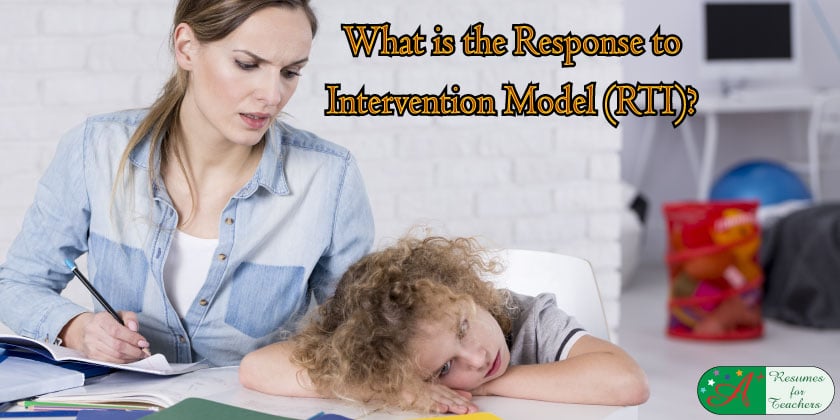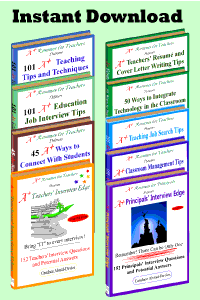What do you know about the Response to Intervention Model (RTI)? Do you know how to answer this difficult teacher interview question?
It is important that the response you give to this teaching job interview question be truthful, relevant to the position, and communicates your value to the school district.
There are ways the interviewer could ask a question to test your knowledge on the Response to Intervention Model. Just like other questions in the interview, be prepared for questions to be asked in different ways.
The following could be a possible answer, or it may provide some ideas for you to tailor your response.
“I am quite familiar with the RTI model as I studied in school and have taught students in my classroom who had interventions. Response to Intervention Model (RTI) is a multi-tier approach to identifying and supporting students with learning and behavior needs.
The process begins with universal screening of all children in the general education classroom. After the screening process, students struggling with reading or any other content area are then provided with interventions at increasing levels of intensity to accelerate their learning rate.
“Intervention services may be provided by general education teachers, special education teachers and paraprofessionals, and specialists. Student progress is also closely monitored to assess learning rates and level of performance. RTI creates a well-integrated system of instruction and intervention guided by child outcome data.
“As part of RTI implementation, students need to be provided with: high quality, research-based instruction within the regular education classroom; ongoing assessment with universal screening and progress monitoring; a multi-tiered instructional approach to effectively differentiate instruction for all students; and parental involvement by providing parents with information about their child’s progress, instruction and interventions used, and the academic, behavioral goals for their child.
“Although there is no single model for Response to Intervention model (RTI), it usually follows a three-tier process:
Tier 1 – High-quality classroom instruction, screening, and group interventions;
Tier 2 – Targeted interventions for students not making adequate progress under Tier 1 in the regular education classroom.
Tier 3 – Intensive interventions and comprehensive education for those students who require individualized, intensive interventions that target students’ skill deficits.”
Do you need help preparing for your next teacher interview?


